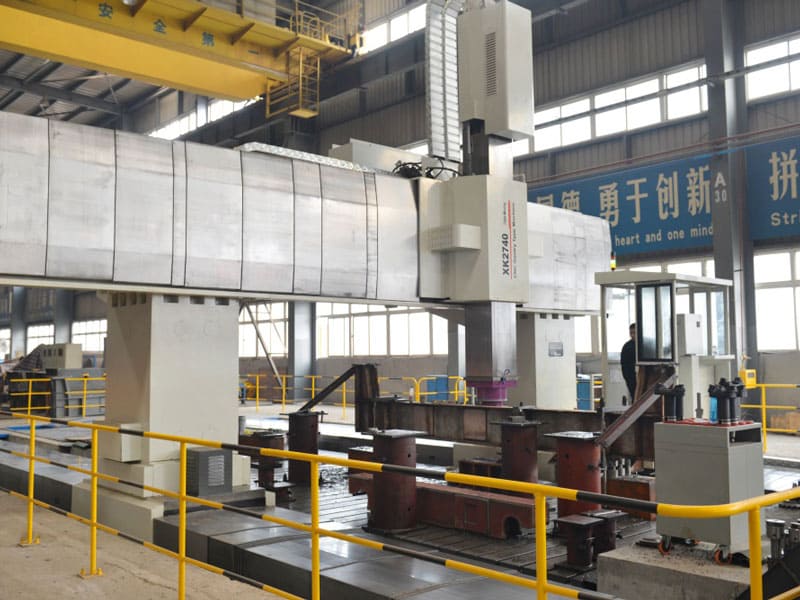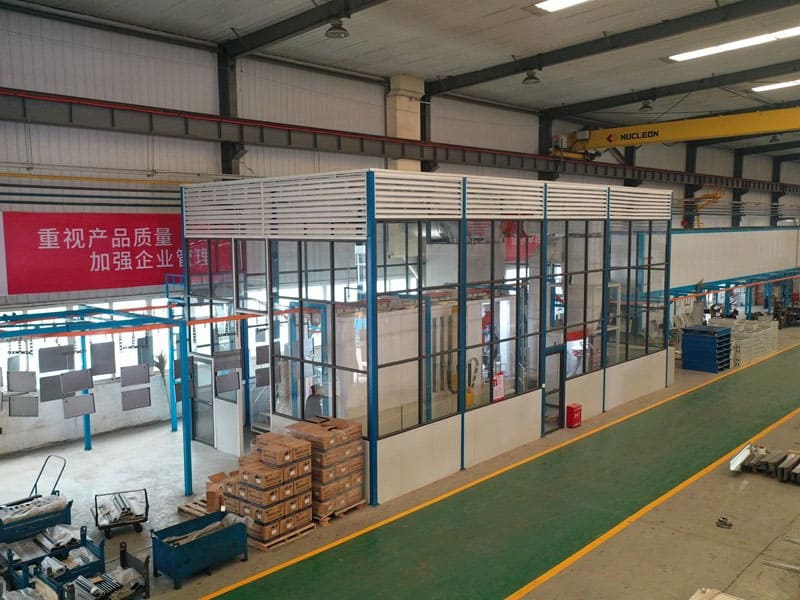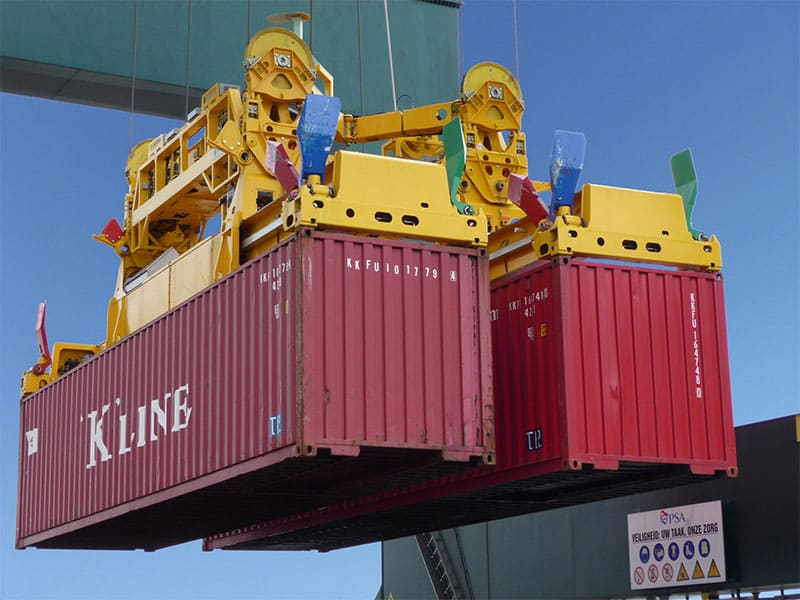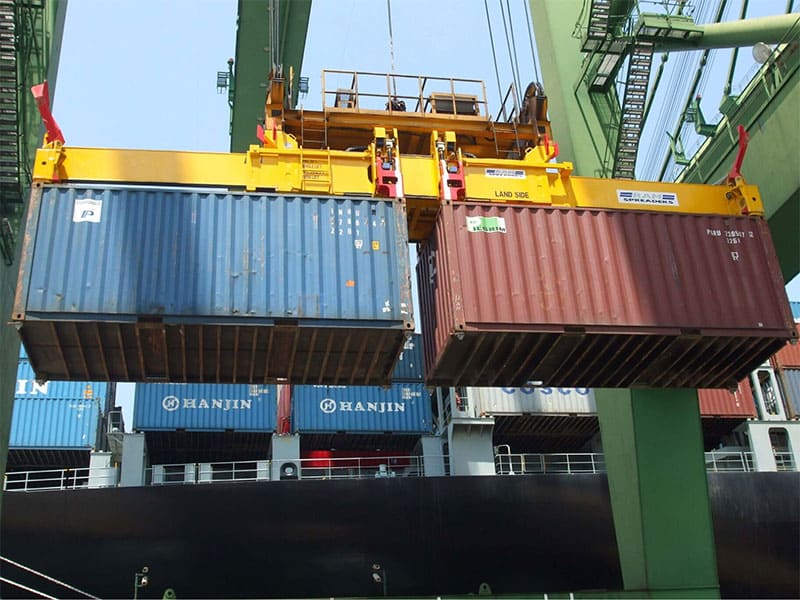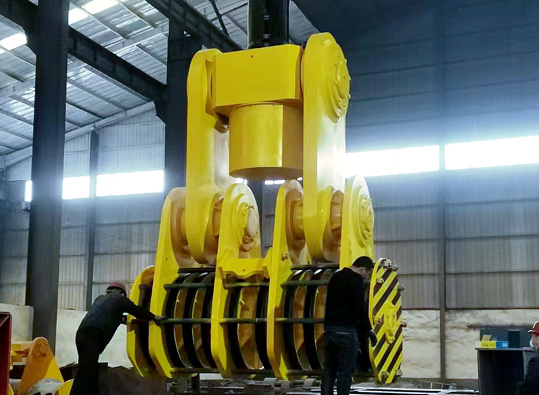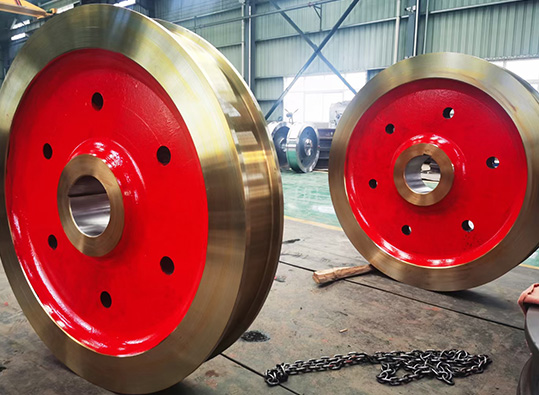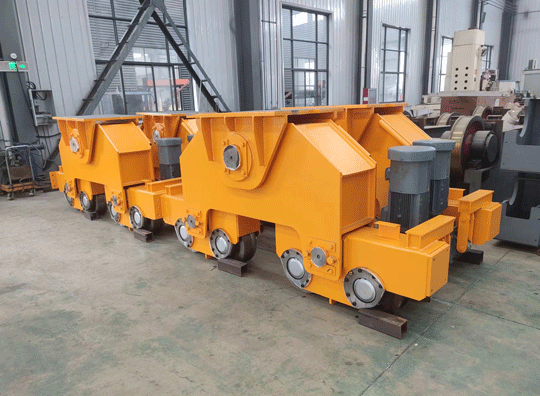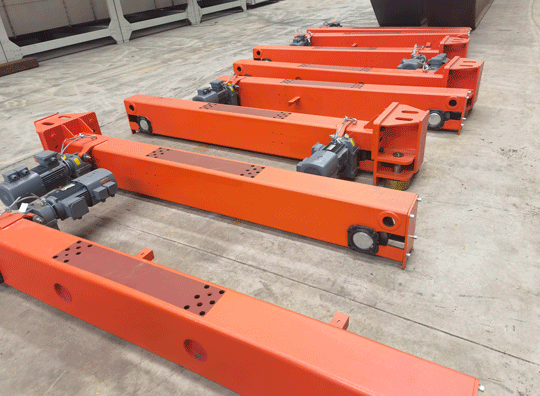A container spreader refers to a device used in loading and unloading cargo containers. This vital equipment has proven to be essential in modernizing the shipping industry and ensuring the safe transportation of goods across the world. The production process of this equipment is an involved process that involves the use of machinery and skilled labor. Here are the 14 production steps of a container spreader.
Step 1: Design – The first process involves the design of the container spreader. This stage is critical as it determines the functionality of the equipment.
Step 2: Material Selection – After the design stage, the team selects the appropriate materials to be used in constructing the spreader.
Step 3: Cutting the Steel – Once the materials are selected, the steel sheets are cut according to the design specifications.
Step 4: Bending – The cut sheets are then bent to fit the shape of the spreader.
Step 5: Welding – Welding is done using automated welding machines to ensure the spreader is strong and durable.
Step 6: Sandblasting – Once welding is complete, the spreader is sandblasted to smooth the surfaces and ensure there are no sharp edges.
Step 7: Painting – The next stage is painting the spreader to ensure that it is resistant to corrosion.
Step 8: Assembly – At this stage, individual components are put together to form the complete spreader. Skilled personnel ensure that each component is in the right place.
Step 9: Hydraulic Systems – The hydraulic systems are installed, which include pumps, pipes, and cylinders that power the spreader.
Step 10: Electrical Fittings – Electrical fittings such as lights, switches, and gauges are then installed on the spreader.
Step 11: Quality Control – Quality control checks are then conducted on the spreader to ensure it meets the required standards.
Step 12: Testing – The spreader is then tested to ensure that it is safe and functional.
Step 13: Certification – Once the spreader passes all the tests, a certification is issued to guarantee its quality.
Step 14: Shipping – The final stage is shipping the spreader to the intended destination.


